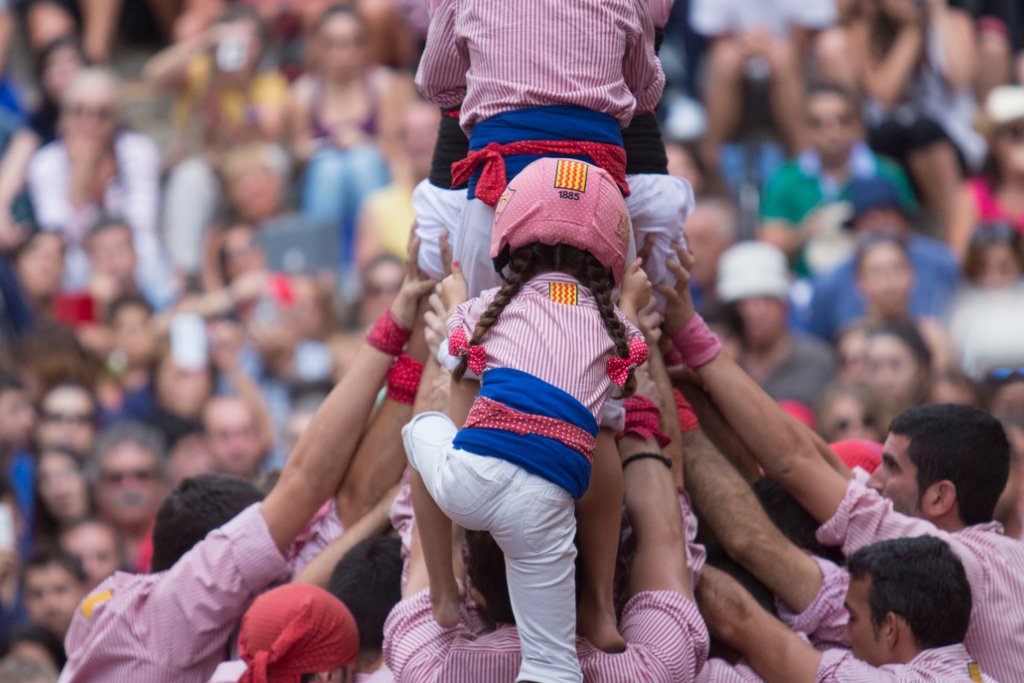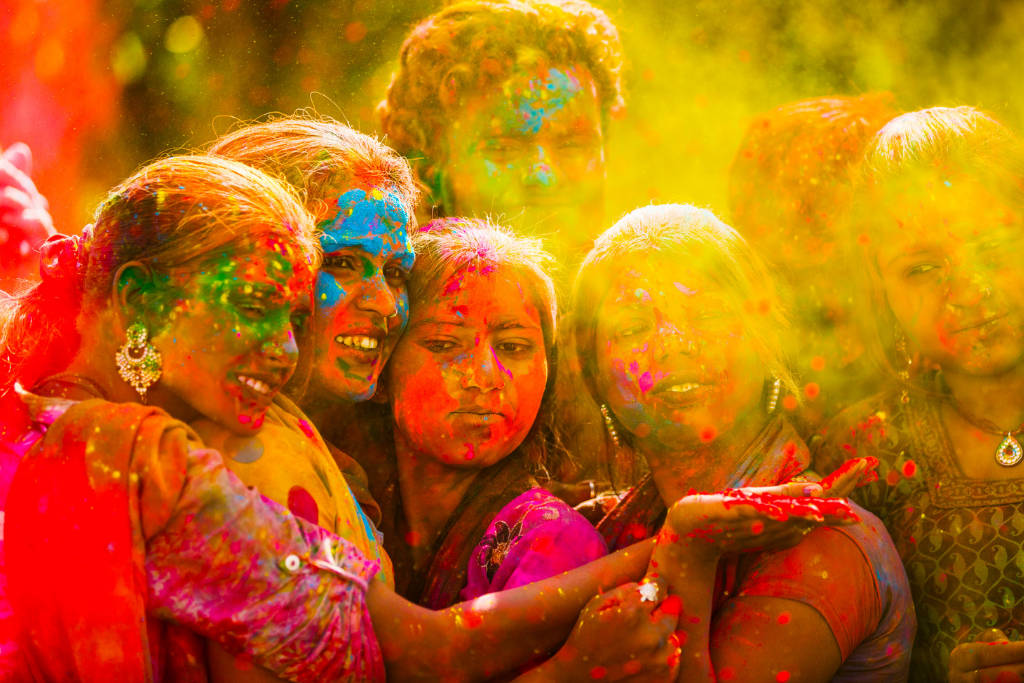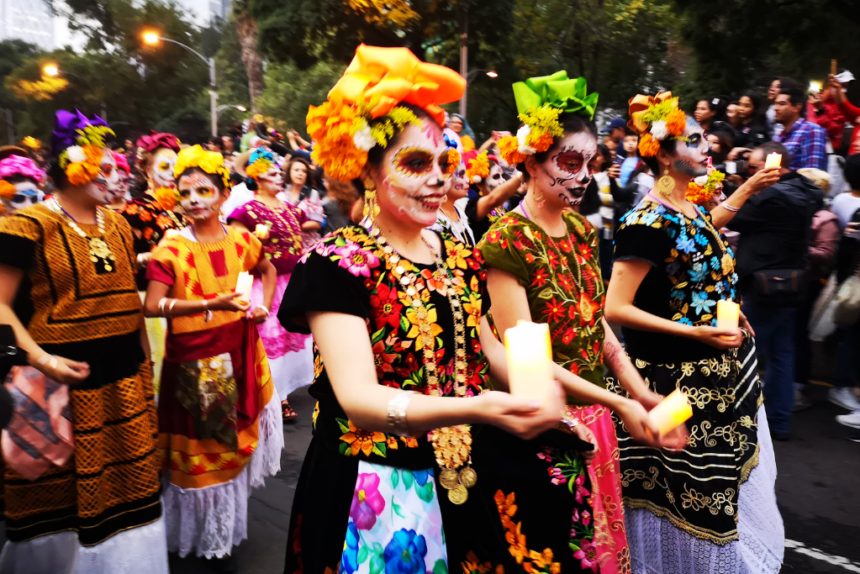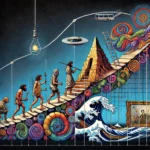From an Ekurian’s perspective, Gaia’s rituals and traditions are a fascinating mosaic of creativity, symbolism and, at times, sheer eccentricity. Some reflect deep cultural, spiritual or historical connections, while others seem to defy logic, at least from the outside. However, in each of these rituals there is a richness of symbolism that reveals much about the Gaian nature: its need for community, meaning and expression.
In their apparent nonsense, each of these rituals encapsulates fundamental values of humanity.
We will now explore some of the more unusual rituals, which to Gaians themselves may seem commonplace but to outside observers are a captivating enigma.
The “Tomatina” of Buñol, Spain
Chaos as celebration
Each year, in the small town of Buñol, thousands of Gaians congregate to throw ripe tomatoes at each other for an hour. What might seem like an absurd battle is, in reality, a celebration of camaraderie and sheer fun.

Origin: Although its origins are uncertain, it is believed to have started as a joke in the 1940s.
Exogaian interpretation: From the outside, it seems like an unnecessary extravagance to waste food, but to the participants, Tomatina is a reminder of the importance of laughter and disconnection from everyday worries.
Japan’s “Crying Baby” festival
Crying as a symbol of prosperity
In this ritual, sumo wrestlers (the country’s own fighting discipline) hold babies as they fight each other, trying to make the little ones cry. According to Japanese tradition, crying ensures a healthy life and protection from evil spirits.
Origin: Derived from ancient beliefs in the purity of weeping as a means to purify and protect.
Exogaian interpretation: To Ekurians, this might seem like a paradox: why would Gaians deliberately want to distress their young? But in context, this act demonstrates the importance of protecting the young and celebrating life.

The ritual of the “Human Castle” in Catalonia, Spain
Build community, literally
.In this impressive ritual, Gaians form human towers that can reach dangerous heights. The participants, known as “castellers”, display impeccable coordination and a deep sense of trust in each other.
Origin: It dates back to the 18th century, linked to the traditional dances of the region.
Exogaian interpretation:To an outside observer, the risk involved might seem absurd, but this ritual symbolises togetherness and collective strength, deeply human values.
The festival of “Holi” in India
A burst of colours and renewal
Holi, known as the “festival of colours”, is a celebration of the arrival of spring, fertility and the victory of good over evil. Participants throw brightly coloured powders and water at each other, creating visual chaos.
For Gaians it is important to feel part of a community.
Origin: Related to Hindu myths, such as Prahlada’s victory over the demon Holika.
Exogaian interpretation: To an Ekurian, the explosion of colours might seem messy, but in reality it symbolises renewal and equality, as class, gender and age barriers disappear during the festival.
“Day of the Dead” in Mexico
Celebrate death in order to honour life
.Rather than fearing it, Gaians in Mexico celebrate death by decorating altars with offerings, flowers and food to honour their ancestors. It’s a mix of pre-Hispanic and Catholic symbolism, full of colour and joy.

Origin: Derived from Aztec rituals honouring the dead and the harvest.
Exogian interpretation: For Ekurians, this positive and celebratory relationship with death may seem contradictory, but it highlights the human capacity to transform the inevitable into an act of remembrance and love.
Conclusion: Absurdities with a purpose
What might seem absurd or irrational from the outside in Gaian rituals reveals, on closer inspection, a deep sense of community, identity and connection to the environment. Each of these rituals encapsulates fundamental values of humanity: the importance of laughter, overcoming fear, mutual trust, renewal, and memory.
From my perspective as an Ekurian, these rituals are not just cultural acts; they are a reminder of the creativity and resilience of Gaians. In their ability to make sense of the seemingly chaotic, they demonstrate that, on Gaia, even the most unusual traditions have a brilliant purpose.





